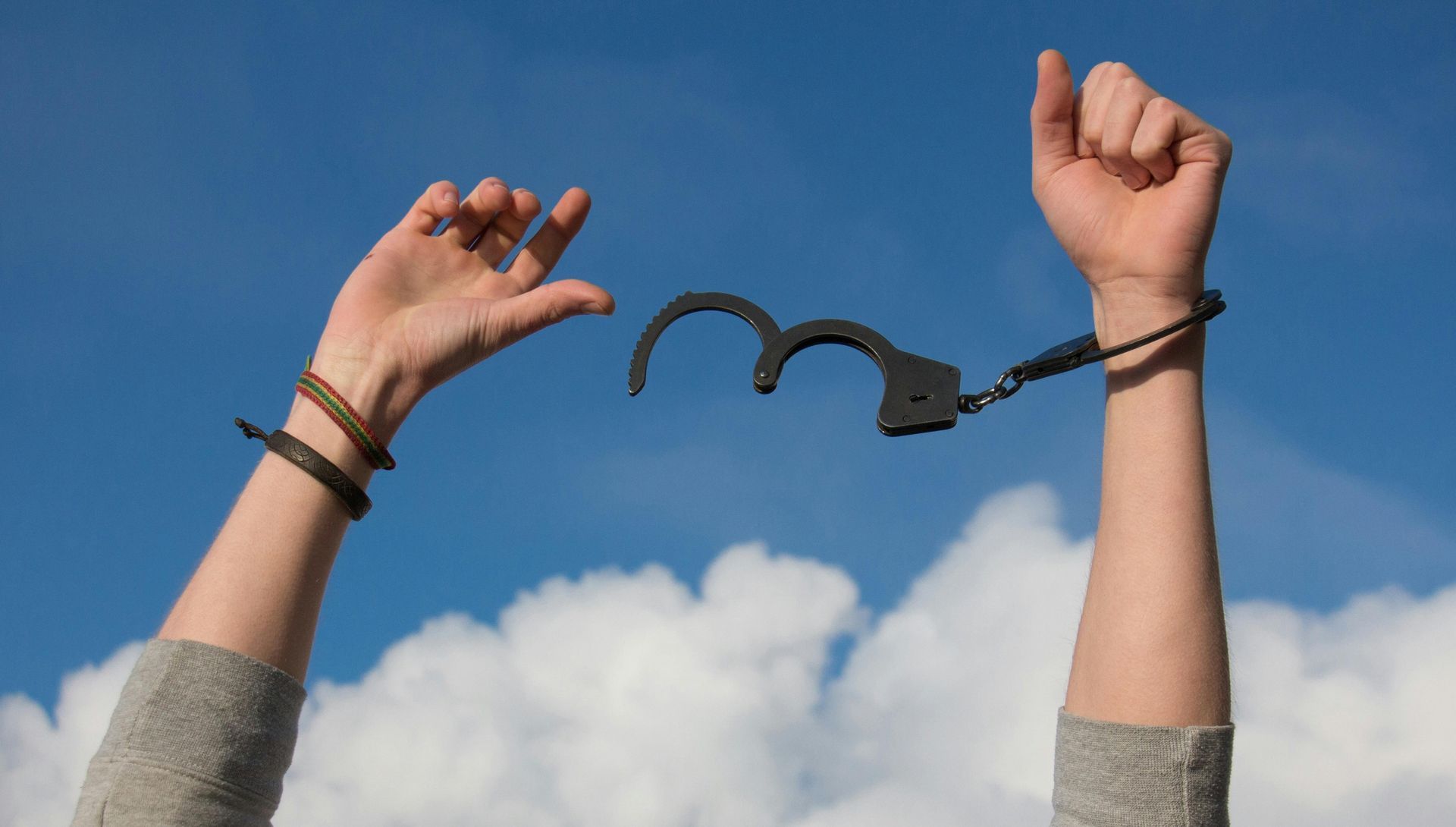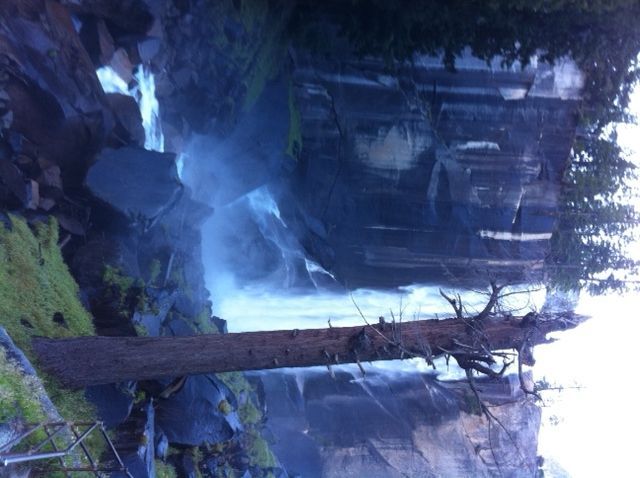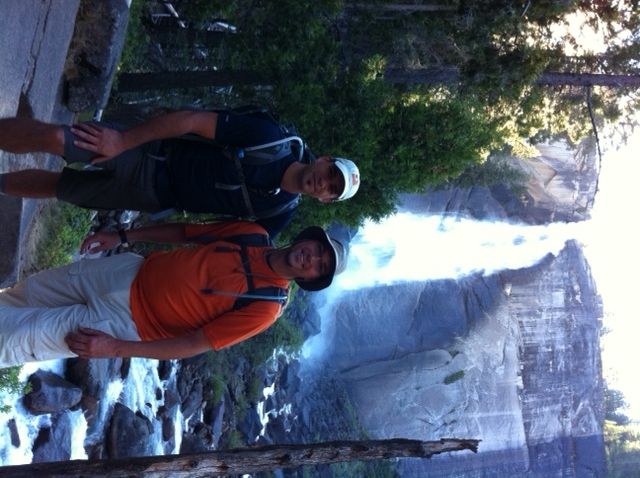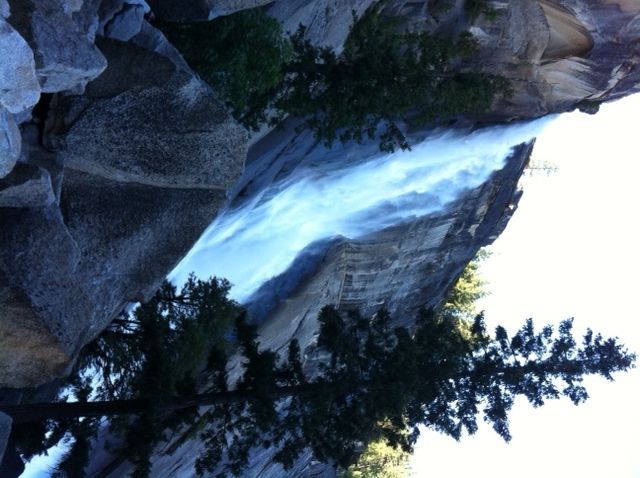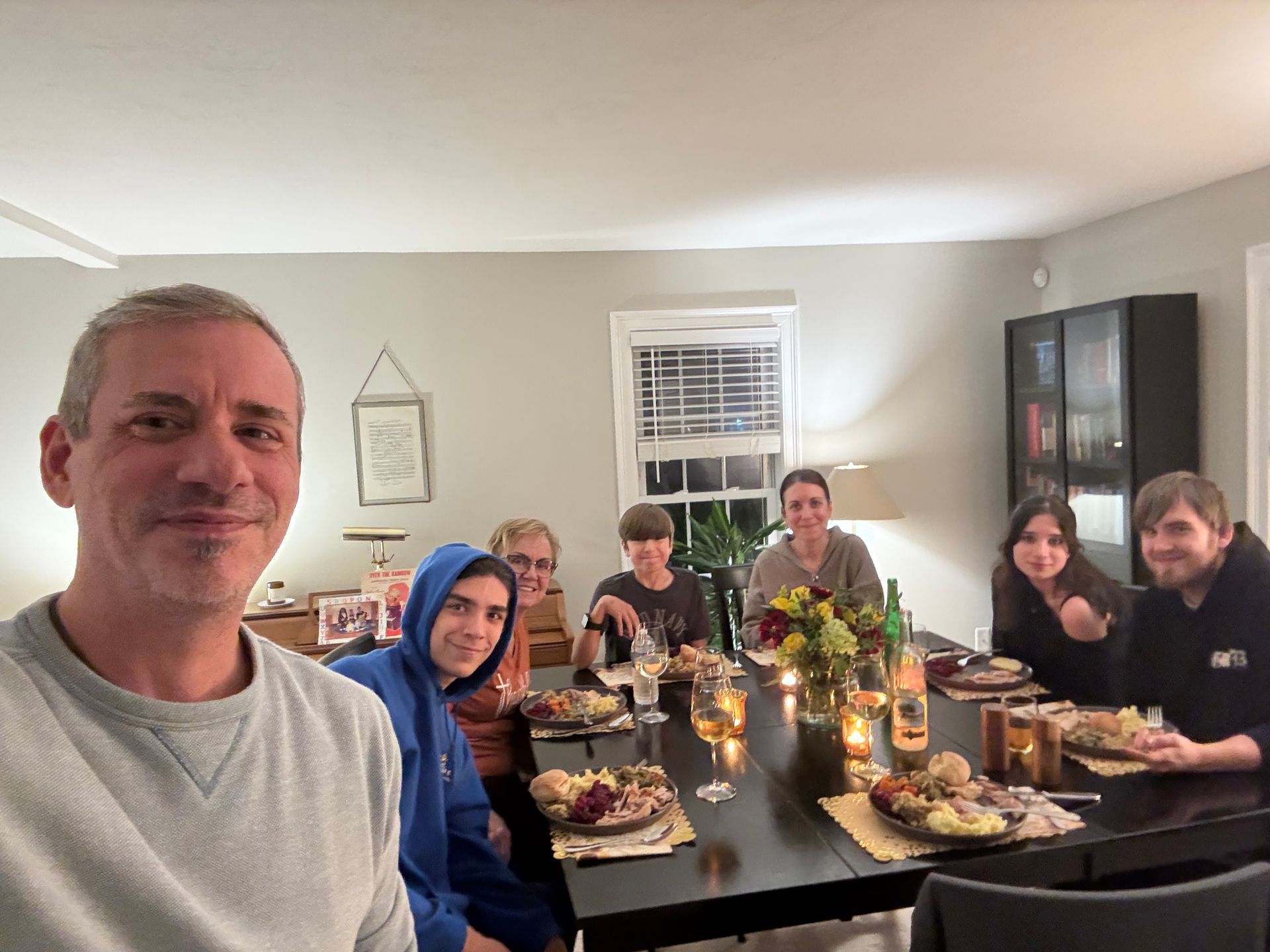My Hike Up Half Dome – Part 2
 Half Dome in Yosemite represented one of my life goals. I love what Mark Batterson said on the trip: don’t accumulate posessions, accumulate experiences (especially shared experiences).
I met some great people whom I hope to keep in touch with! I also can’t wait until I can start taking my son or daughter on trips like these!
Half Dome in Yosemite represented one of my life goals. I love what Mark Batterson said on the trip: don’t accumulate posessions, accumulate experiences (especially shared experiences).
I met some great people whom I hope to keep in touch with! I also can’t wait until I can start taking my son or daughter on trips like these!
Half Dome was tough. The total hike was a 17 mile greuling round trip. We started our day at 6am and didn’t return to Camp Curry until after 9pm! The hike climbed over 4000 feet of elevation from our camp to the top of half dome. The trail was well kept with steps in many cases and wasn’t overly steep until you got to the sub dome (the steep incline right before you get to Half Dome). The vistas along the way were some of the most beautiful and majestic I have ever seen in the lower 48 states (see below).
The trail started to get very steep when you reached Sub Dome and Half Dome. After climing sub dome, you get a birdseye view of the cables on Half Dome. It’s pretty intimidating to look at! It was definitely steepest and longest thing I have climbed to date. At times, I wondered if I was going to make it up as my left arm started cramping. There is some rest on the boards that are placed about every 10-12 feet between the poles that support the cables, but it’s so steep in parts, you don’t want to rest much, you just want to get up it and finish. I thought the descent down would be worse but it was actually easier going down!
Tip: use rubber gardening gloves! They are extremely grippy and didn’t slip at all
In the end, the hike and the pain were well worth it. My calves and legs hurt for days afterwards. All in all, we hiked around 34,000 steps that day. You scale a mountain one step at a time. Whether it’s a real mountain or an obstacle so big it stops your forward progress, it’s one step at a time. I also learned a new technique called a “rest step.” A rest step is used when you are going up a steep ascent. The idea is that you never get so winded you have to stop. You plant your front foot, stop brieflyand then take your next step. Whether you are climbing a mountain, running a marathon, or planting a church, it’s all about pace. You must set a pace you can maintain. Admittedly, this can be a challenge for me and many church planters. At times I bite off more than I can chew. I tend to be a visionary and see into the future. I don’t struggle with accuracy, I struggle with timing, but j ust because you see a door crack doesn’t mean it’s time to dive through it! Over the years I have learned to wait on the timing of the Lord, instead of jumping in head first without any consideration. Here are a few things I have learned over the years when it comes to timing:
- Ask God if the vision is for now or a later time
- Do you have people in your life that can help you see the big picture (and do you listen to them)? Your wife, a mentor, your pastor, godly peers, etc… Ie: if your wife, staff, or people you are leading are not on board it’s probably not the time!
- We tend to over estimate what we can do in a year and under estimate what we can do in 10 years (Mark Batterson)
- Does it line up with your gifting and calling?
- What type of planning and preparationis required?
How about you? Is the pace of your life and ministry sustainable?
Share this Post:





